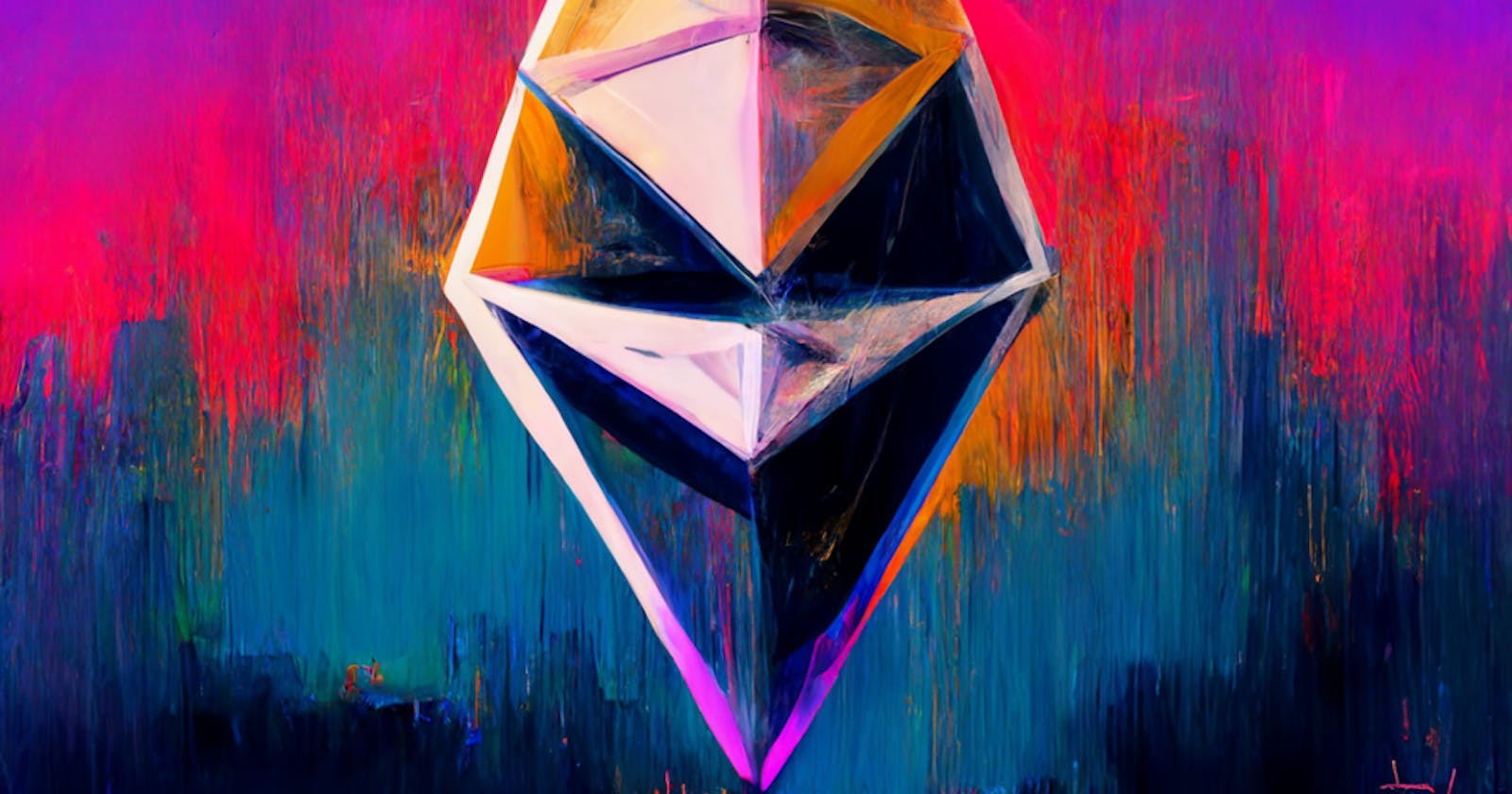Participants in the NFT market anticipate more than simply a speedy return now that the market is in upheaval. These use examples demonstrate how NFT appears when usefulness is given precedence above speculation. Non-fungible tokens have experienced a significant impact from the recent market decline (NFTs). Most NFT floor prices have decreased by at least 75% in recent months. Many investors have lost hope as prices have fallen and are now questioning whether the entire NFT craze was nothing more than speculative.
According to this Chainalysis analysis, “wash trading,” in which someone sells an asset to themself in order to make it appear as though there is market demand, may have contributed to the 2021 market’s dramatic increase. However, despite the chaos, musicians are still coming up with inventive methods to employ non-fungible tokens. Here are scenarios where NFT might be beneficial: income rights, digital tickets and VIP access, and NFT-based charitable endeavours.
##Revenues from streaming
The rights to the money made by an artist’s music may also be acquired by investors who buy their NFT. This is the concept that tokenizing income rights will enable. The money for production and marketing expenses is given to artists straight away, but they continue to hold the rights to their song. Users may feel as though they are funding artists they believe have a possibility of success in the hopes that they will be able to benefit from their achievement.
This strategy is seen in action by Alan Walker’s Unity campaign, which launched in May and quickly raised $25,000 in a couple of days. The song has sparked a second, even larger campaign for Walker’s Origins EP and is on course to surpass its streaming target quicker than anticipated. This crowdfunding approach may also feature “fan missions,” which grant users more airdrops and benefits in exchange for carrying out particular activities. Investors have a motivation to hold off on investing until the artist becomes successful since the value of the rights increases with the artist’s popularity.

Tokenized tickets
Launched in May, Alan Walker’s Unity campaign raised $ 25,000 in just a few days. This is an example of how this model actually works. The song is on track to reach its streaming goals faster than expected and has influenced a second, bigger campaign centered around Walker’s Origins EP. This crowdfunding model may also include “fan missions” that provide users with additional airdrops and perks to complete certain tasks. Investors have a reason to wait for an artist to succeed, as the value of rights increases as the artist becomes more popular.
Some music groups have also released NFT collections to turn their most enthusiastic fans into VIPs. Avenged Sevenfold was one of the first bands to release the Deathbats Club NFT collection using this concept. The band grants owners intellectual property rights to their Deathbats and continues to offer options such as: B. Iron Maiden’s integration of three Deathbats into the mobile game “Legacy of the Beast.” The deadmau5 HEAD5 collection is also a good example. Those who have previously hosted the official Deadmau 5 NFT were offered the opportunity to start creating other fan club NFTs early. This shows how blockchain technology allows artists to thank their most loyal fans. Those who have tickets for exclusive events and fan clubs are more interested in using them than selling them and are less likely to speculate.

